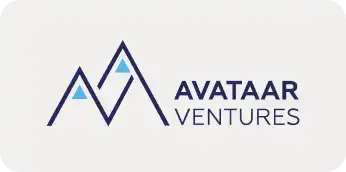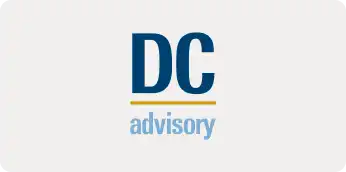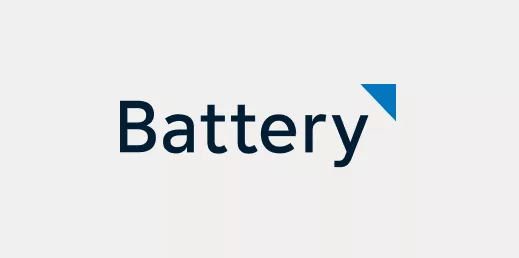“Scaling smartly” is not just a strategy—it’s essential for navigating the complexities of rapid growth. Recently, I had the privilege of organizing a session at the SaaSBoomi Delhi Playbook, focused on this very theme.
We were fortunate to have Shubham Goel, former CEO & Co-Founder of Affinity.co, lead a powerful discussion on how to scale efficiently while avoiding common pitfalls. The session was filled with actionable insights, fresh perspectives, and game-changing advice. I’m excited to share some of the key takeaways from this enriching experience here.
The Magic (and Mess) of Networking
Shubham Goel, reflecting on his time at Affinity.co, painted a vivid picture of how powerful and unpredictable networking can be. Imagine an incubator buzzing with energy, where every introduction feels like opening a door to new opportunities.
But there’s a catch: those opportunities don’t always come wrapped neatly. Managing a network means actively nurturing it. It’s about taking those five people you know and seeing how their connections might snowball into something bigger—almost like playing social Tetris. If you’re not actively engaging with these connections, valuable opportunities can easily slip through the cracks.
Product Discovery: Get out of your head and into their shoes
Building a product is a continuous, intentional process, not a sudden “lightbulb” moment. One key step is visually mapping out customer pain points using sticky notes and boards. This method helps break down complex problems and allows the team to identify patterns and prioritize issues. Each sticky note represents a specific insight, making it easier to collaborate and understand the customer experience.
Shubham also emphasized the importance of involving the entire team in customer conversations. While feedback can be messy, these raw exchanges build empathy, helping the team design solutions that truly address customer needs.
Constantly testing and refining your product is the key to success. Keep improving it until your early adopters genuinely see its value. The ultimate goal is to create a product so compelling that it almost sells itself—though achieving this is no easy feat. The key is to stay open to feedback and never assume you’ve got all the answers.
How do you tackle the U.S. Market?
Scaling sales is not just about hiring any salesperson; it’s about strategic placement. Some hard truths from the session: selling to customers based out of the U.S. from India is a real challenge. Even with a fantastic product, you have to establish trust and visibility in the market. To overcome this challenge you have to place your team in the U.S. for atleast three months and train and work on their capacity building.
Training over experience
When hiring for sales, don’t get distracted by polished LinkedIn profiles. It is grit and the ability to take feedback that matters most. Train them thoroughly, micromanage them early on, and set clear expectations. It’s all about having people who can hustle and adapt, especially in the chaotic early days. He emphasized that while the best salespeople might not always have the most impressive resumes, they should possess the drive to “crack through walls” and a strong willingness to learn, as these qualities are what truly enable them to succeed in a competitive market.
Marketing: Forget about your Product, focus on your customers
This lesson was a game-changer. Affinity’s approach was to put the spotlight on customer success rather than the product itself. Shubham emphasized how powerful it is to have real, heartfelt stories from happy customers. Blog posts, case studies, webinars—all of them focused on showcasing customer wins. And this isn’t just good marketing; it’s a way to create a ripple effect of trust and loyalty. If you’re thinking of scaling, remember that it’s way more effective to invest in making your current customers feel like heroes.
Training and Mentorship: “It takes a village”
Sanjay Varnwal, (Spyne) highlighted the importance of documenting everything and using a buddy system to help new hires ramp up. Listening to sales calls, debriefing, and giving consistent feedback create a culture where everyone can learn and improve. Sales isn’t about winging it; it’s about continuous, structured practice.
The art of asking for help
One of my favorite takeaways was the reminder that asking for advice is a skill. Be specific. The more targeted your questions are, the better the answers you’ll get. It’s not about being perfect but about being curious and intentional.
Takeaways that matter
Hearing these insights made me appreciate the behind-the-scenes grind that goes into every successful SaaS story. It’s a dance of networking, constant learning, relentless product tweaking, and focusing deeply on customers. Whether you’re just starting out or scaling up, this playbook is a testament to the power of grit, human connection, and always, always putting your customers first.

























